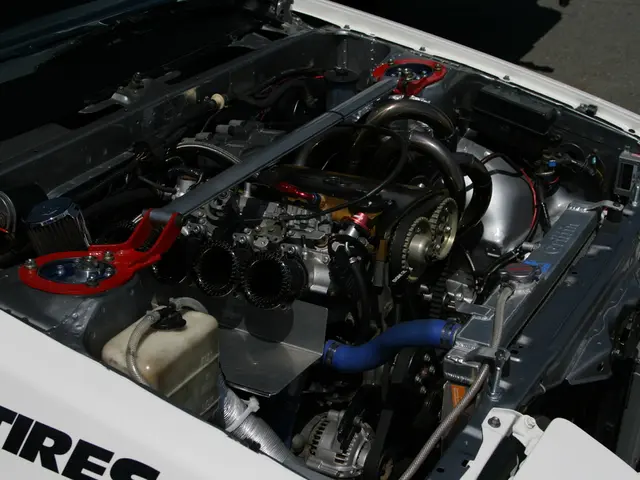China's Emphasis on Artificial Intelligence and Robotics May Propel Its Progress in the Future
Revamping the Future with Robotics: China's Innovative Approach
Stepping into tomorrow, China's domestic AI sector is poised to bring humanoid robots into our daily lives. Here's a glimpse into how this tech juggernaut is speeding up the process!
Duke it Out with DeepSeekIn a world grappling with demographic challenges, China is feeling the crunch too. By 2100, its working-age population could plummet by over 70% compared to its 2014 peak, increasing the pressure on social services and economic growth.
China's Tech RevolutionOver 90% of Chinese organizations see AI and robotics as transformative technologies, addressing labor shortages that stem from a shrinking workforce. China has been leading the charge in global industrial robot installations since 2013, with these mechanical wonders now making up half of the global total.
Policy-Driven GrowthThe Chinese government has taken a proactive approach, viewing humanoid robotics and embodied AI as crucial to the nation's future. Embodying this commitment, these technologies were highlighted in the 2025 Government Work Report. To support this vision, Beijing earmarked a whopping US$1.4 billion for robotics R&D and commercialization, while Shanghai aims to grow its smart robotics industry to an impressive US$14 billion by 2025.
Filling Gaps, Amplifying GainsAs China's working-age population continues to dwindle, losing 77 million since 2013, robots are filling gaps across manufacturing and services. The focus on AI-powered automation aims to offset productivity losses due to an aging workforce, with an average age rising from 32 in 1985 to around 40 in 2022.
Technology MilestonesRecent strides include humanoid robots participating in events like the world's first robot half-marathon. Though there are still technical challenges to tackle, the integration of AI with robotics aims to create scalable solutions for healthcare, logistics, and elder care sectors that are suffering from the effects of demographic shifts.
Stepping into a Robot-Driven TomorrowWith this strategic leap, China is not only mitigating economic risks from labor shortages but also staking a claim as a global leader in automation. Buckle up, folks—the robot revolution is here!
- By 2100, with a declining working-age population of over 70% compared to its 2014 peak, China anticipates increased pressure on social services and economic growth, leading to a shift towards AI and robotics.
- Over 90% of Chinese organizations consider AI and robotics as transformative technologies, addressing labor shortages linked to a shrinking workforce.
- Since 2013, China has been at the forefront of global industrial robot installations, with mechanical wonders now accounting for half of the global total.
- The Chinese government's proactive approach regards humanoid robotics and embodied AI as essential for the nation's future, as evidenced by their inclusion in the 2025 Government Work Report.
- As China's working-age population continues to dwindle, losing 77 million since 2013, the integration of AI with robotics is expected to fill productivity gaps in manufacturing, services, healthcare, logistics, and elder care.
- In a world where AI technology continues to advance, China's move towards a robot-driven economy not only addresses economic risks from labor shortages but also positions it as a global leader in automation, bringing us closer to a robotic-dominated future, much like the highlights at events such as the world's first robot half-marathon.




